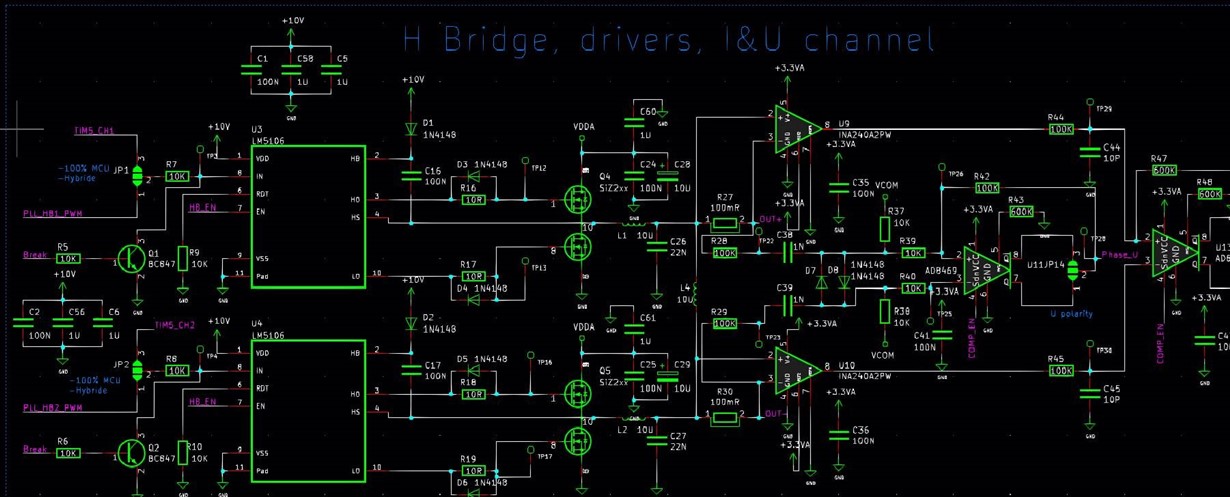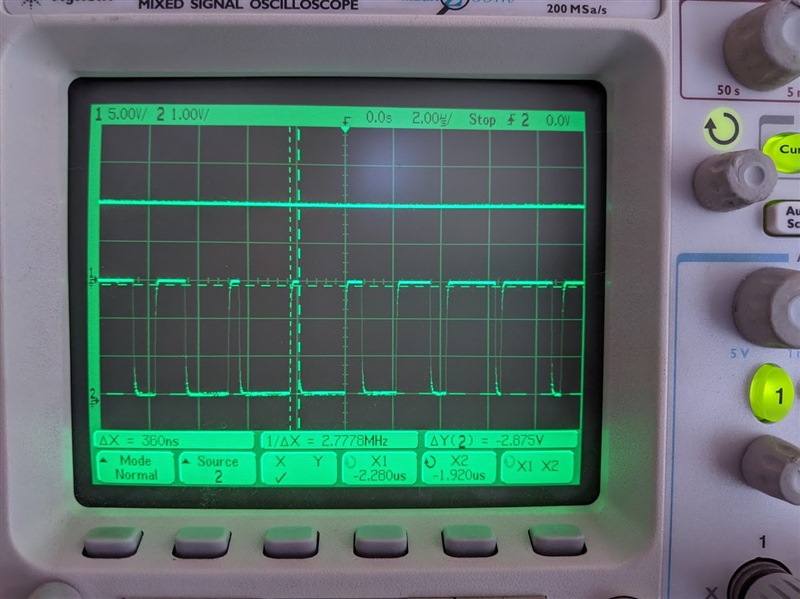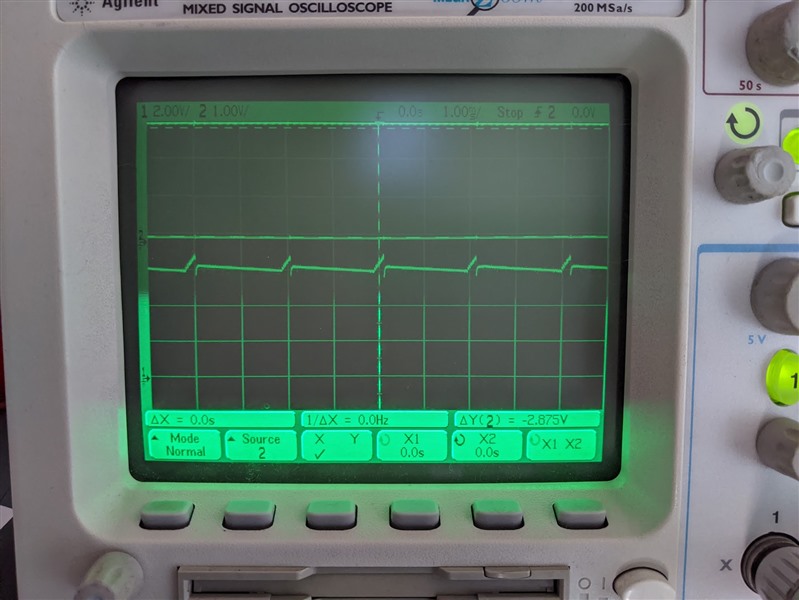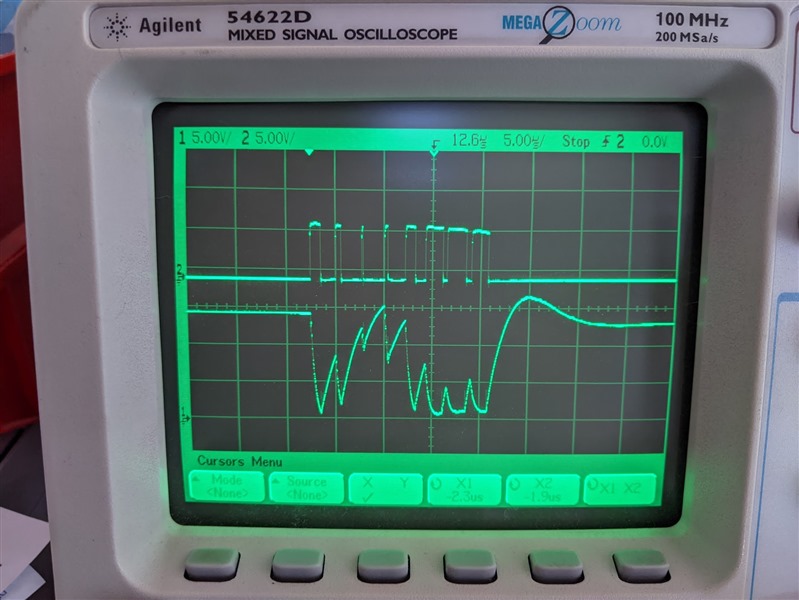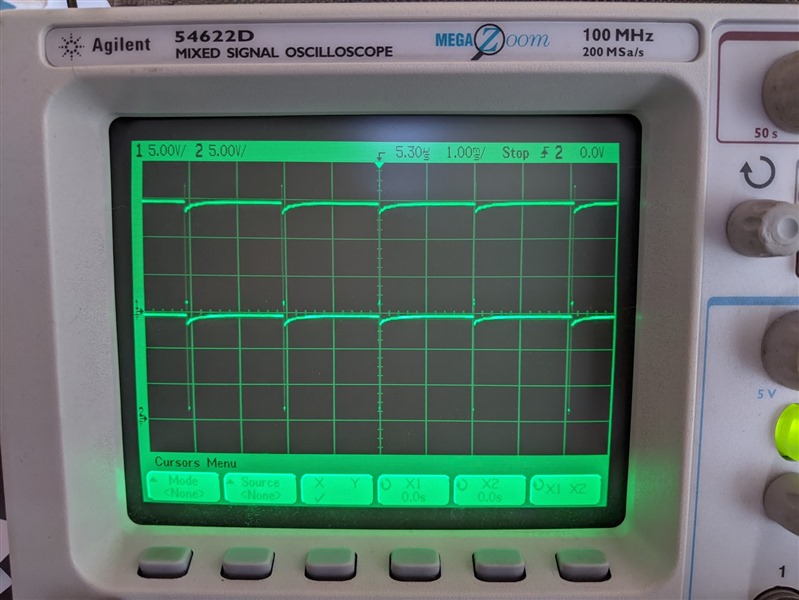Other Parts Discussed in Thread: UCC27282, LM5164
Hello,
I'm working on a proof of concept for ultrasonic application using a class D amplifier made from 'discrete' parts.
We build a first prototype pcba wich embedds LM5016 as half bridge driver. We are on a differential topology then there is two LM5106 on the bord and a full bridge of mosfet.
LM5106 is feed with PWM signal with a base frequency of 500Khz, for first test we scope PWM signal and see the lowest PWM signal was about 400ns. First test fried our mosfets (without any load on the bridge) :/
Our mosfets are SiZ270DT.
The power supply was quickly on current limit action (current limit setting was about 3 amp).
So first question is: it's a good idea to use LM5106 as a fast bridge drivers for Mhz range class D amplification ?
Second, do you have an idea about a silly mistake we eventually did ?
Attached the schematic:
The self L4 is not mounted and value of R8&R7 was updated to 1KR in order to keep straight signal.


